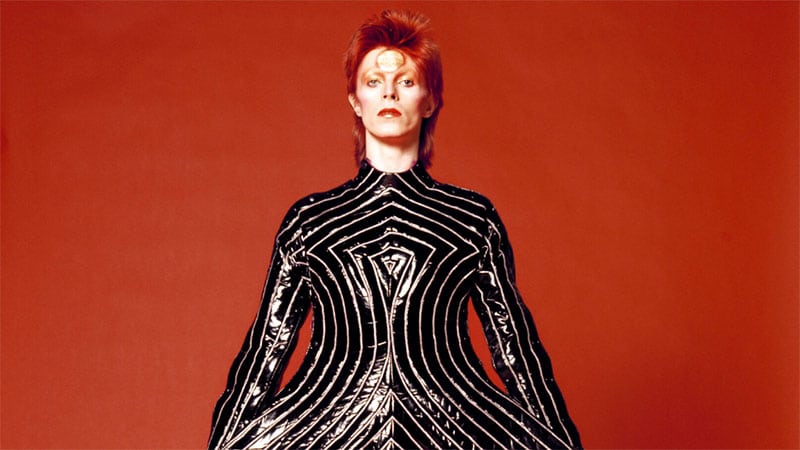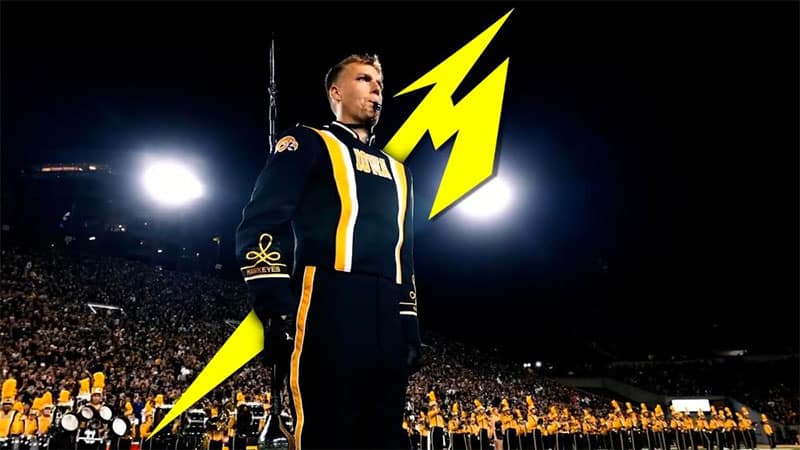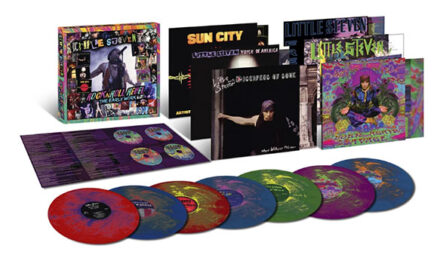Over 80,000 items from Bowie’s six decade career will be available to the public
The Victoria and Albert Museum (V&A) in London announces it will secure the archive of David Bowie for the nation – revealing the creative processes of one of the most pioneering and influential figures in the history of live and recorded music, film, fashion, and beyond. From 2025, the archive will be made available to the public, from fans to school children and researchers, through the creation of The David Bowie Centre for the Study of Performing Arts at V&A East Storehouse, in Stratford’s Queen Elizabeth Olympic Park. The acquisition and creation of The Centre has been made possible thanks to the David Bowie Estate and a generous donation of £10m from the Blavatnik Family Foundation and Warner Music Group.
“With David’s life’s work becoming part of the UK’s national collections, he takes his rightful place amongst many other cultural icons and artistic geniuses,” the David Bowie Estate shares. “The David Bowie Centre for the Study of Performing Arts – and the behind the scenes access that V&A East Storehouse offers – will mean David’s work can be shared with the public in ways that haven’t been possible before, and we’re so pleased to be working closely with the V&A to continue to commemorate David’s enduring cultural influence.”
Encompassing more than 80,000 items, the archive traces Bowie’s creative processes as a musical innovator, cultural icon, and advocate for self-expression and reinvention from his early career in the 1960s to his death in 2016. Alongside the creation of the new Centre, the gift will support the ongoing conservation, research, and study of the archive.
Spanning Bowie’s career, the archive features handwritten lyrics, letters, sheet music, original costumes, fashion, photography, film, music videos, set designs, Bowie’s own instruments, album artwork, and awards. It also includes more intimate writings, thought processes, and unrealized projects, the majority of which have never been seen in public before.
Highlights include stage costumes such as Bowie’s breakthrough Ziggy Stardust ensembles designed by Freddie Burretti (1972), Kansai Yamamoto’s flamboyant creations for the Aladdin Sane Tour (1973), and the Union Jack coat designed by Bowie and Alexander McQueen for the Earthling album cover (1997). The archive also includes handwritten lyrics for songs including “Fame” (1975), “Heroes” (1977), and “Ashes to Ashes” (1980), as well as examples of the “cut up” method of writing introduced to Bowie by the writer William Burroughs. Additionally, the archive holds a series of intimate notebooks from every era of Bowie’s life and career.
The archive also includes a photo collage of film stills from The Man Who Fell to Earth (1975-76), directed by Nicolas Roeg and featuring Bowie, and over 70,000 photographs, prints, negatives, large format transparencies, slides, and contact sheets taken by some of the 20th century’s leading photographers from Terry O’Neill to Brian Duffy and Helmut Newton. Among other highlights are instruments, amps, and other equipment, including Brian Eno’s EMS Synthesizer from Bowie’s seminal Low (1977) and Heroes albums and a Stylophone – a gift from Marc Bolan in the late 1960’s, used on Bowie’s seminal “Space Oddity” recording.
Major gift and donation to help @V_and_A secure David Bowie’s archive for the nation: Over 80,000 items spanning six decades of the cultural icon’s career to be made available to the public for the first time. Read the full PR here: https://t.co/8nfKIzuTh2 or Linktree in bio. pic.twitter.com/93L56rcpsB
— David Bowie Official (@DavidBowieReal) February 23, 2023






